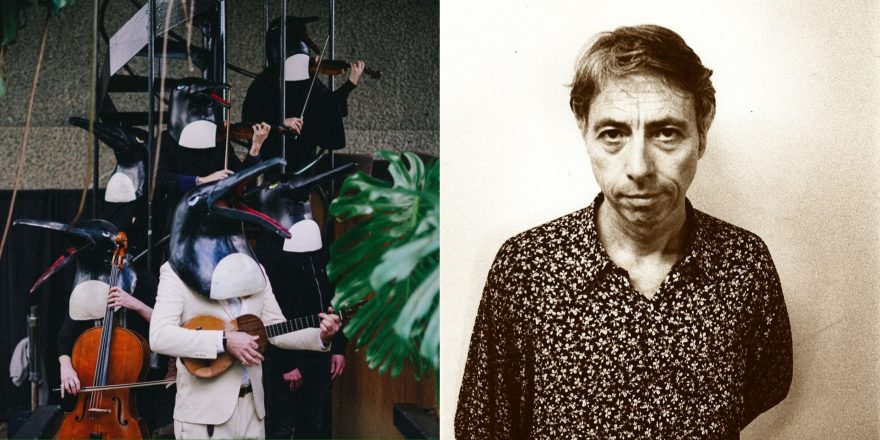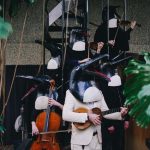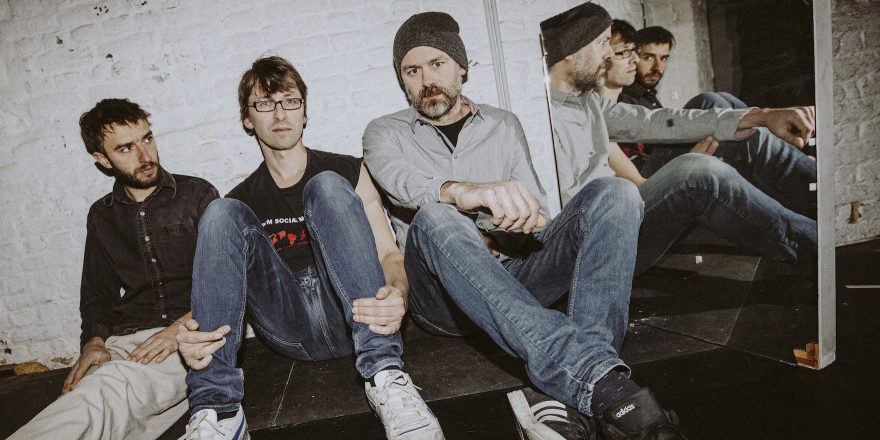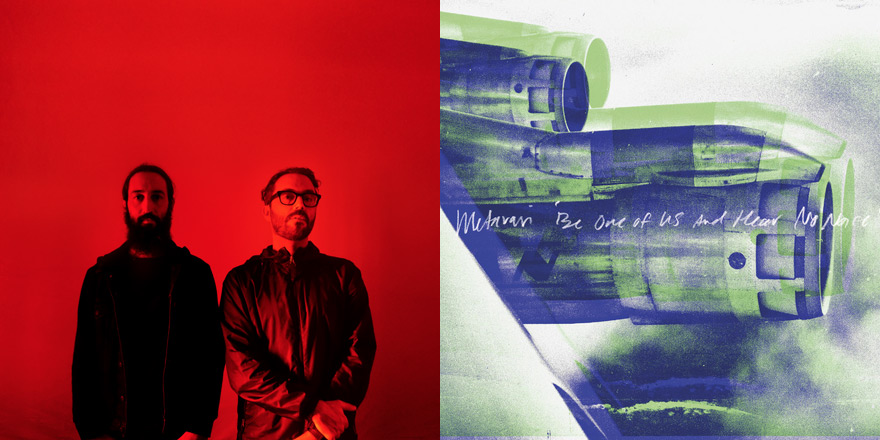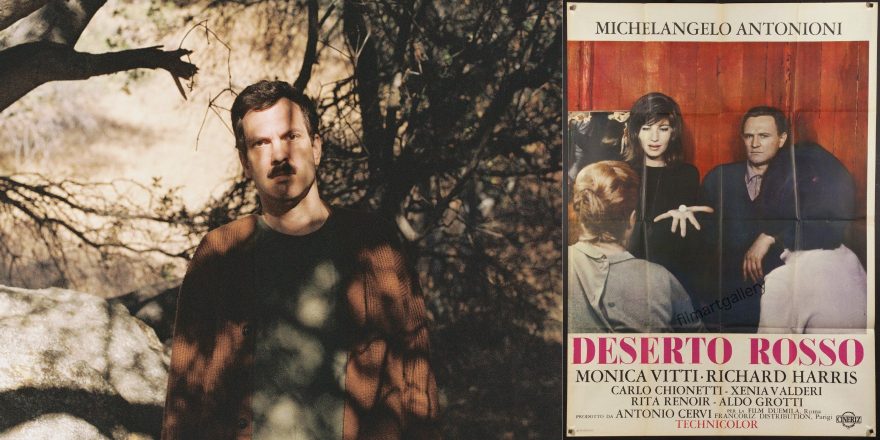Before lockdown, in 2019, I bought this balafon. Our double bass player, Andy Waterworth, was playing on a short tour with a really lovely Senegalese kora artist, and she had a djembe player and a balafon player, who also made balafons. At the end of the tour, the balafon player asked Andy if he knew anyone who might be up for buying one — because he wanted to get the money and then fill the balafon bag with other cool stuff to take back to Senegal. So Andy said, “Yeah, I know someone who might be up for it.” And I was.
I love a good, kind of exotic instrument, something that I haven’t played before. The lovely thing about the balafon is, despite not being an expert by any means, it’s really easy to make beautiful sounds. It’s very good fun to try to find ideas on a new instrument and, depending on the instrument, as a musician you can always find something to get going with. Literally one of the first days I was playing with the balafon, I came up with this slightly syncopated pattern, which I really loved. It was just this very fun tune, so I sat down to record it in earnest and started building a song.
That day, I read in the studio that Harold Budd had died. It was the first time that someone whose work had meant something quite personal to me had passed. I’ve always known Harold Budd’s name, sort of in with Brian Eno, Michael Nyman, David Sylvian — all of the Obscure Records stuff. My dad’s first Penguin Cafe Orchestra album was on the label, and then Harold was on Editions EG, which was my dad’s label throughout the ‘80s. In those days, everyone sent each other their records, so I was always aware that there was this group of composers who constituted the most proximate bit of music to my dad. Even though my dad’s stuff was stylistically quite distinct, there was this slightly wider circle that was familiar, and reassuringly home-like.
I was aware of Pavilion of Dreams specifically, from the first batch of records, because I think for me as a kid, it was one of the more accessible ones. If I was going to put a record on, I probably went to that one first. Track one was always like, Ah, yes, here we are, we’re listening to this guy. It was always just a comfortable go-to. It wasn’t enormously well-known, at least in a mainstream sense; Brian Eno and Michael Nyman kind of went on and did slightly more attention-grabbing work. But there was always this kind of… not secret, but maybe private bit of the music world that Harold Budd occupied for me. I never met him, but we did have a couple friends in common, and every now and then I’d hear tidbits of what he was up to. It’s a funny thing — it’s not like his music belonged to me, but there was a familiarity to it that I didn’t feel with someone like Philip Glass. Somehow, it felt like a more home-like, domestic version of creativity to me.
Harold died of complications from COVID. This was at the beginning of lockdown, so everything felt very distant, but at the same time, that sort of brought it immediately close to home. It was very moving and quite sad. So I just kind of linked him and the piece together — that was the piece that was there.
At that point, I’d only written the central balafon motif and the ukulele part. It wasn’t based on a specific composition of his — the tune ended up being a slightly more Afro-Cuban tea dance kind of vibe. But from the various stories I’ve heard about him over the years, I think the mismatch would be quite comfortable in the world of his creative landscape.
I’ve always had the sense that he had a kind of a fish-out-of-water vibe, from interviews I’ve read. I think it was Andy who told me that he had once been asked to do a treatment of another bit of work — like, “Oh, can you just Harold Budd this up?” It was already a quite nuanced, bordering on atonal exploration-of-sound kind of piece. And he turned around and just sent back a straightforward rock tune. It had nothing to do with the original. I just like the idea that he seemed to be more or less unconcerned with building a brand; he was just doing what occurred to him. I’ve only ever gotten snapshots of him, but I definitely have this impression that there was something anarchic about him. He made kind of gentle, ambient minimalism a lot of the time, but also with a punk approach.
So there was this sort of dreamlike quality that we ended up exploring. The piano was the last thing that I added. We call it a “prepared piano,” but it’s a customized upright — I have two of them; they’re very low and you can fit them in the back of a station wagon. It’s got a nice big strip of felt with a little lever that you can drop down between the hammer and the strings. I think his influence shows up elsewhere on the album as well. There’s a track called “Lamborghini 754,” that notionally is about this tractor that I got for my mum in Italy — it’s very old and very rickety, but it seemed very useful in context. The piece is quite a sculpted sound, but it is really just a study on piano decays, moving very slowly through modulations. And again, I used that same felted upright, so you get the sound of the action, and you can really hear the mechanics of the piano.
The general idea behind dedicating this piece, “In Re Budd,” to Harold Budd is more a gratitude; it wasn’t to do with the qualitative nature of the piece necessarily, so much as, I just felt like I wanted to make some sort of meaningful gesture at the news that he had died. This felt like something more substantive than just saying something on social media.
As told to Annie Fell
(Photo Credit: right, Masao Nakagami)


